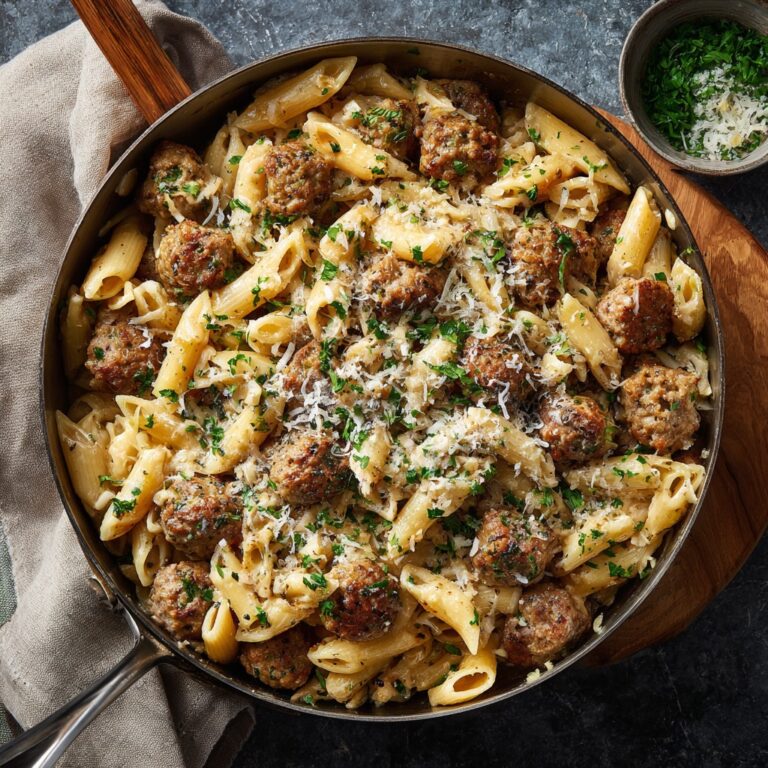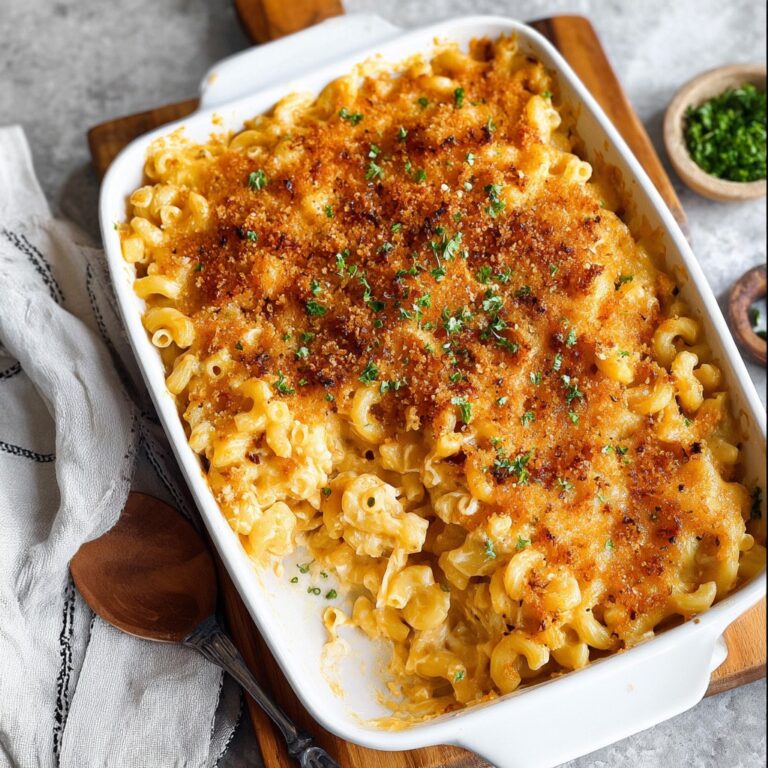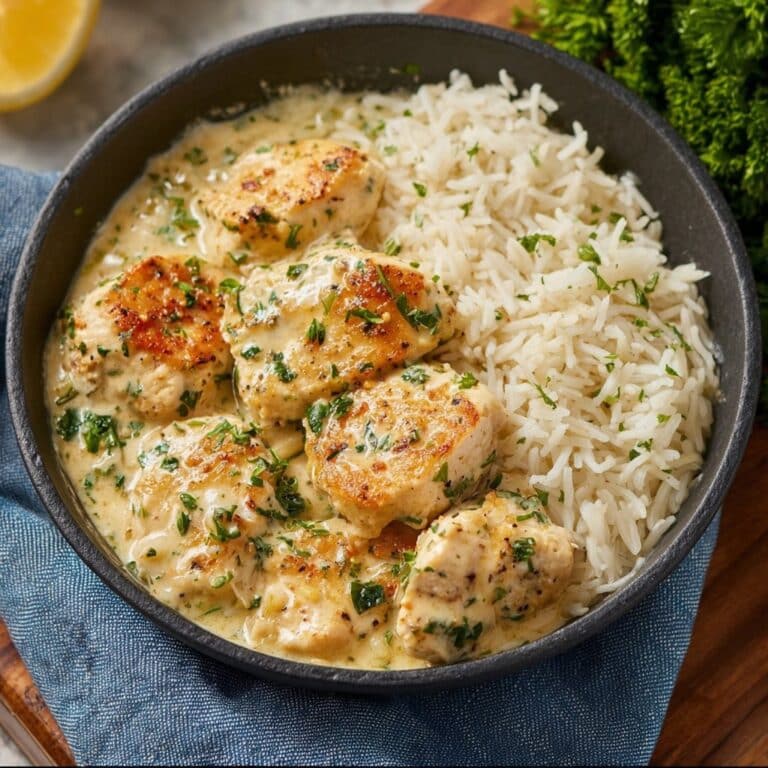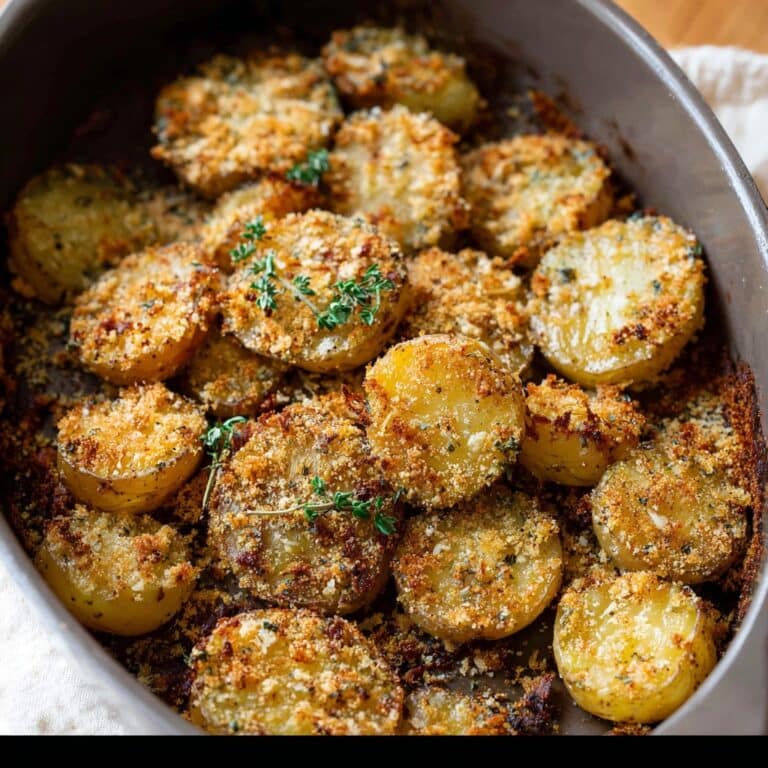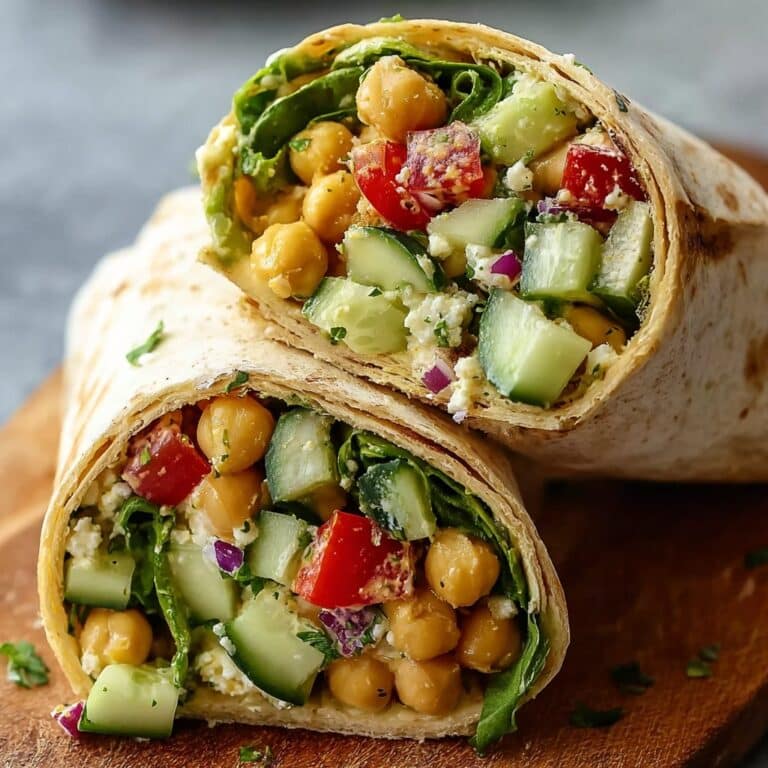Thai Peanut Sweet Potato Buddha Bowl: A Casual Home Cook’s Guide
Let’s Talk About Why I’m Obsessed With This Bowl
OK, confession time. This is the sort of recipe that happened because—honestly—I had sweet potatoes about to go rogue and a wild craving for something with peanuts. Somewhere between, ‘What the heck do I do with this half-used cabbage?’ and finding a peanut butter jar stuck to itself (seriously, why do PB lids glue shut?), this Thai Peanut Sweet Potato Buddha Bowl stumbled into my kitchen and just… stuck. My partner calls it the “Thursday Night Miracle” because it saves me from dialing for takeaway, which, let’s be honest, is always more tempting than it should be!
Why You’ll Probably Make This More Than Once
I whip this up when I need to clean out the veggie drawer, or when my brain says “let’s eat something healthy but not salad again.” My family goes absolutely crackers for the sauce (my cousin Lisa even asked for a jar to take home last Christmas—no joke). Oh, and it’s a real winner for making everyone feel like they’re having takeout… without me needing to find the willpower to get IN the car. Also, full disclosure: I once forgot to roast the sweet potato and microwaved it instead—don’t recommend unless you like mush, but hey, it still tasted decent.
What You’ll Need (Give or Take)
- 2 medium sweet potatoes, peeled or not. I don’t fuss if I’m feeling lazy.
- 1 cup cooked quinoa (sometimes I swap rice or even couscous if that’s what’s around—no shame)
- 1 bell pepper (red looks best, but whatever’s on hand works)
- 2 cups shredded cabbage (any color, purple just looks fun and fancier—my gran swore by white but… you do you)
- 1 cup snap peas (or green beans, or hey, frozen peas in a real pinch)
- 1 avocado, sliced. Optional, but really, why skip avocado?
- 1/3 cup roasted peanuts or cashews (I’ve even used almonds once, not bad!)
- Fresh coriander, chopped (if you hate it, skip, but it’s kind of the clincher for me)
For the Thai Peanut Sauce:
- 1/4 cup peanut butter (crunchy adds some fun texture, smooth is, well, smoother)
- 2 tbsp soy sauce (I’ve tried tamari for gluten-free friends, works a treat)
- 1 tbsp maple syrup or honey (agave if you’re strict vegan, flavour isn’t too different)
- 1 clove garlic, minced (I sometimes use garlic powder if I’m feeling a bit lazy)
- 1-2 tsp fresh ginger, grated (I’ve skipped it and survived, but the zing is nice)
- 1-2 tbsp fresh lime juice (bottled lime works in a crunch, but fresh is zingier)
- 3-5 tbsp warm water (just enough to loosen it up properly—you want drizzle territory, not cement)
- A pinch of chili flakes or a squirt of Sriracha if you’re feeling wild
How I Actually Put It All Together
- Roast the potatoes: Chop your sweet potatoes into 1 inch cubes (or… whatever size doesn’t take you ages). Toss with olive oil, salt, pepper. Roast at 220°C (425°F) for about 25 minutes. Sometimes I flip them halfway, sometimes I forget and nobody notices. If the edges get a little browned, all the better.
- Whatever else is going in: If you’re using quinoa (which I recommend, but again, use what you’ve got), cook according to the package. I rinse mine, then do 1 part quinoa to 2 parts water. Boil, simmer, lid on, fluff. Or just use a rice cooker and walk away.
- Prep your fresh stuff: Slice your peppers, cabbage, avocado (last, so it doesn’t brown), and whatever else you found hiding in the fridge. This is the bit where I’ll sometimes grab a carrot and just grate it straight in—because why not?
- Mix up your sauce: Whisk the peanut butter, soy, sweetener, garlic, ginger, lime, water, etc. Start with 3 tbsp water and add until it’s pourable. If it looks broken, just keep whisking (this is where I used to get frustrated, but it always comes together after a bit—trust).
- Build your bowl: Heap that quinoa (or rice, or whatever) in your bowl, top with roasted potatoes, all your veg, avocado (with a bit of fanfare, if you like that sort of thing), then a generous drizzle of peanut sauce. Scatter peanuts and coriander and… oh, this is where I sneak a pre-serving bite. For quality control, obviously.
You Might Actually Need These (But Maybe Not)
- Baking tray for potatoes (though I once roasted them straight on the oven rack with foil, and it worked out alright in a pinch)
- Mixing bowl for the sauce (or a big mug if you’re just making it for one—less to wash)
- Small pot for quinoa/rice (or microwave for the shortcutters—no judgement, seriously)
Little Notes and Honest Realizations
- Sauce thickens up after sitting, just add another splash of lime or water if it gets too cement-y.
- I think it tastes better the next day, especially if you’re up for cold leftovers—so maybe make extra?
- Once, I tried microwaving the sweet potato to save time; it just ended up a bit floppy. Roasting really is worth it.
Here Are Some Variations I’ve Tried (for Science!)
- Added grilled chicken for protein—delicious, and made my carnivorous relatives happy.
- Tried tofu (just pan-fry or oven bake, toss in sesame oil)—it soaks up sauce beautifully.
- Used soba noodles instead of quinoa and whoops—got a little mushy, but the flavors are still tasty if you don’t mind mess.
- Thought about adding pineapple, but… no, wasn’t for me. Maybe you’re braver?
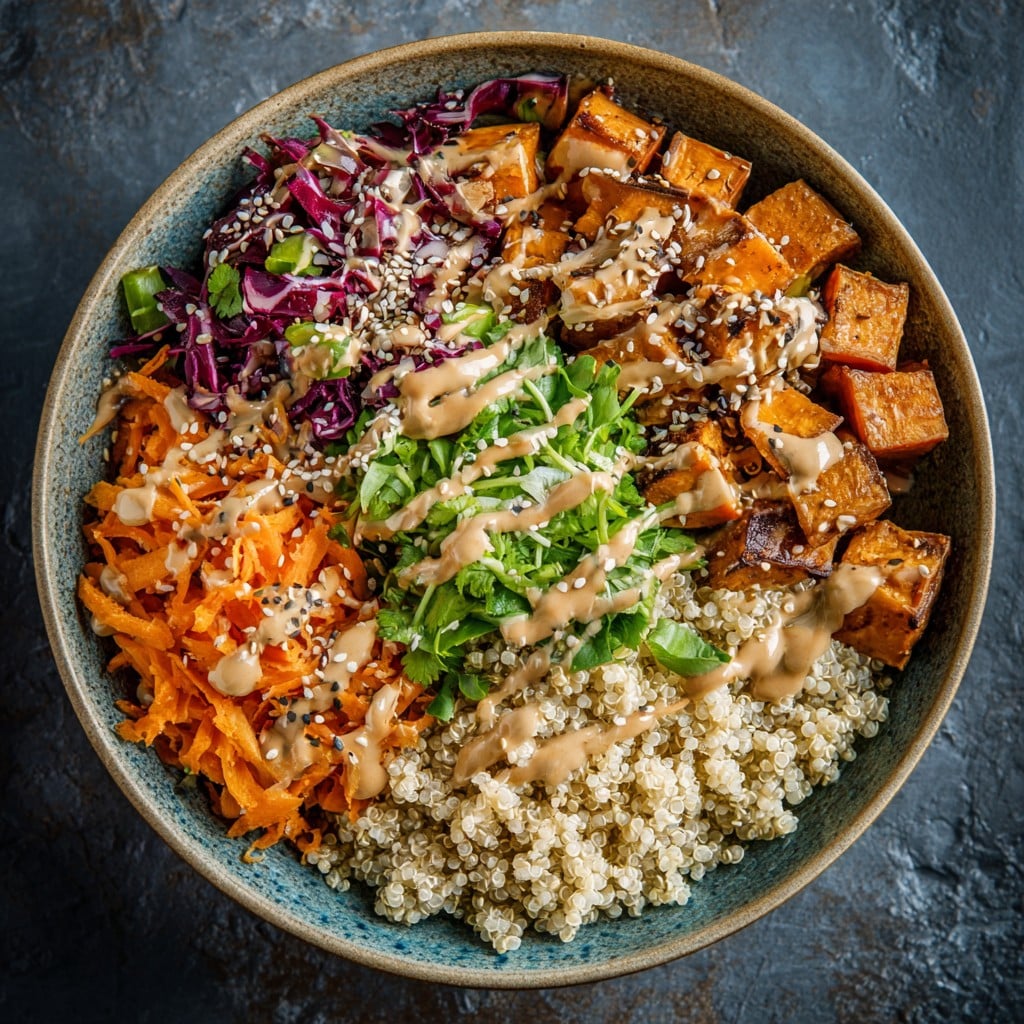
How Long Does It Last? (Spoiler: Not Long Here)
These bowls keep in the fridge for about 2-3 days, but honestly, in my house, they last less than a day. If you want to meal prep, keep the sauce separate until you’re ready to eat—otherwise, the veggies can get a bit sad and soggy. I learned this the messy way, obviously.
How I Serve It Up (Besides Just Eating Straight from the Bowl)
Most of the time, I just pile everything into a massive bowl and go to town. But if I’m feeling posh (usually only when company’s over), I set it up buffet style and let everyone choose their toppings. My sister swears it pairs with a cold glass of ginger beer—not my thing, but apparently it’s a tradition now. Also, check out Minimalist Baker’s blog for more vegan bowl inspiration. I borrow ideas all the time.
Lessons Learned—The Hard Way
- If you rush roasting the sweet potato (pulling it early), you just get hard chunks. I regretted it—wait for that caramelization, trust me.
- Don’t overdress the bowl at first. Add sauce, then come back for another drizzle if you want. I got a bowl of peanut soup once (not ideal).
- Wash sweet potatoes well if you’re keeping the skin on; weird grit ruins the whole thing. Actually, just wash all your veg—learned that form my own lazy error.
- Using crunchy peanut butter is fun, unless you hate texture—then definitely use smooth. Up to you.
Burning Questions I Actually Got (And a Side Tangent)
- Can I make this nut-free? Sure, swap peanut butter for sunflower seed butter, and crunchy chickpeas for peanuts—taste is a little different but it works (on second thought, maybe boost the lime for flavor).
- Do I have to roast the potatoes? Well, you could boil or microwave, but the flavor just isn’t the same. Trust me, the roastiness is worth it.
- Kids hate cabbage—what else? Use shredded romaine, spinach, or honestly, skip it. No harm, no foul.
- Is this actually Thai? Not really, it’s “Thai-inspired.” I once tried an authentic recipe here (Hot Thai Kitchen is awesome, by the way). This bowl is more California-mashup than true Bangkok street food. Still dreamy, though.
- Can I freeze it? Eh, cooked sweet potatoes freeze fine, but I wouldn’t do the whole bowl—veggies get weird. Best fresh or just from the fridge.
Quick last thing: I once made a double batch and the extra sauce would’ve been great… if my cat hadn’t knocked it over before I remembered. Now I just keep it in a jar with the lid on. Anyway. Enjoy building your own bowl—it’s a bit of an adventure every time, isn’t it?
Ingredients
- 2 medium sweet potatoes, peeled and diced
- 1 tablespoon olive oil
- 1 cup quinoa, rinsed
- 2 cups water
- 1 cup shredded red cabbage
- 1 cup shredded carrots
- 1 cup edamame, cooked and shelled
- 1/3 cup chopped fresh cilantro
- 1/4 cup roasted peanuts, chopped (for garnish)
- For the Thai Peanut Sauce:
- 1/3 cup creamy peanut butter
- 2 tablespoons soy sauce
- 1 tablespoon maple syrup
- 1 tablespoon rice vinegar
- 1 teaspoon sesame oil
- 1 teaspoon fresh ginger, grated
- 1 clove garlic, minced
- 2-3 tablespoons warm water to thin
Instructions
-
1Preheat oven to 400°F (200°C). Toss diced sweet potatoes with olive oil, spread on a baking sheet, and roast for 25-30 minutes until tender and lightly browned.
-
2While the sweet potatoes roast, combine quinoa and water in a saucepan. Bring to a boil, reduce heat, cover, and simmer for 15 minutes or until water is absorbed. Fluff with a fork.
-
3Prepare the Thai peanut sauce by whisking together peanut butter, soy sauce, maple syrup, rice vinegar, sesame oil, grated ginger, minced garlic, and warm water in a bowl until smooth and creamy.
-
4To assemble bowls, divide quinoa among four bowls. Top each with roasted sweet potatoes, shredded red cabbage, shredded carrots, edamame, and fresh cilantro.
-
5Drizzle with Thai peanut sauce and garnish with chopped roasted peanuts before serving.
Approximate Information for One Serving
Nutrition Disclaimers
Number of total servings shown is approximate. Actual number of servings will depend on your preferred portion sizes.
Nutritional values shown are general guidelines and reflect information for 1 serving using the ingredients listed, not including any optional ingredients. Actual macros may vary slightly depending on specific brands and types of ingredients used.
To determine the weight of one serving, prepare the recipe as instructed. Weigh the finished recipe, then divide the weight of the finished recipe (not including the weight of the container the food is in) by the desired number of servings. Result will be the weight of one serving.
Did you make this recipe?
Please consider Pinning it!!

